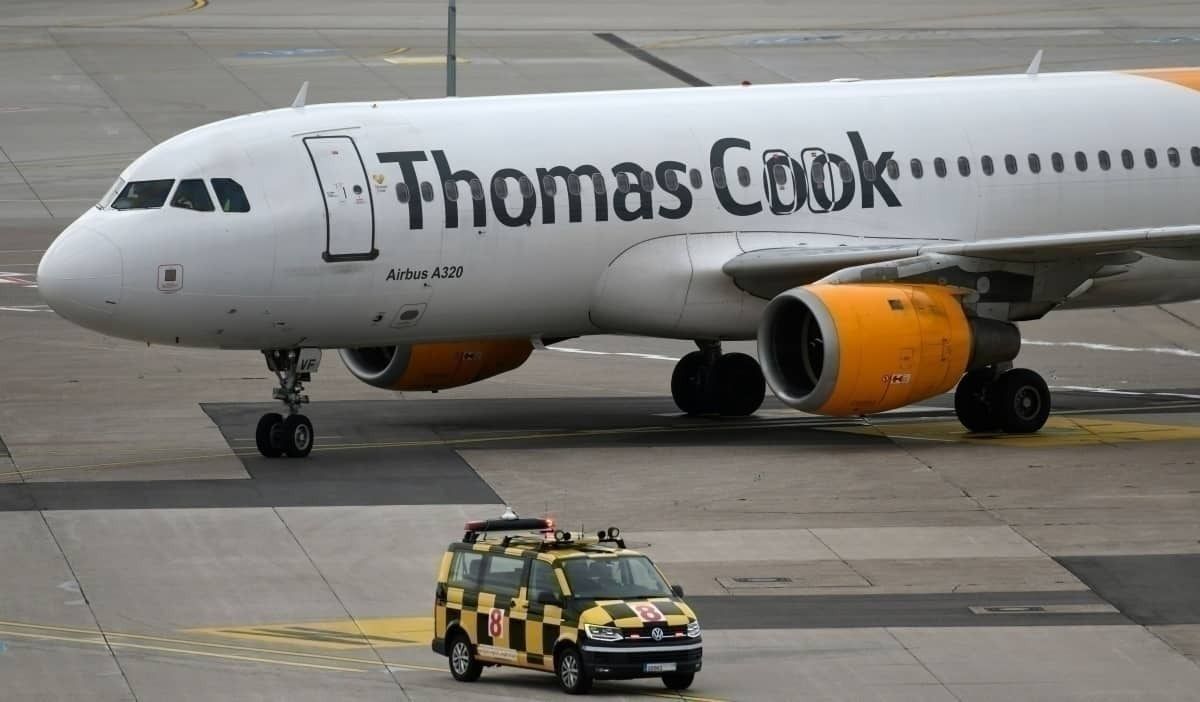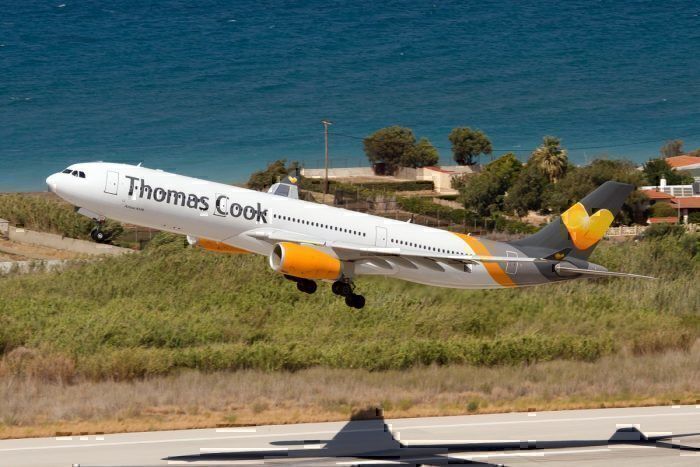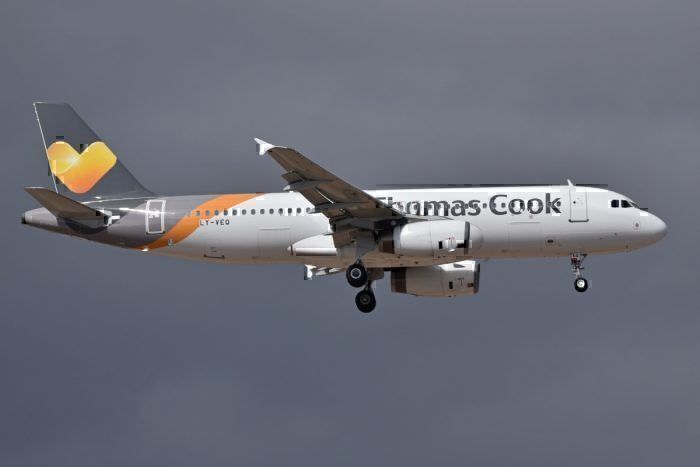2019 saw a number of high-profile airline bankruptcies. While Jet Airways was the biggest in terms of fleet size, Thomas Cook was the biggest in terms of immediate impact after collapse. In fact, 600,000 people were stranded abroad as a result. But how did this well-established brand reach the point of failure?
The Thomas Cook Group traced its roots all the way back to 1841, when the company was founded by its namesake, as Thomas Cook & Son. The company went through many changes throughout the years, and only entered the airline industry in 2001. Despite not being that old, Thomas Cook’s Airline division operated 34 aircraft in total, with a further 71 aircraft being operated by its various subsidiaries.
Where did it all go wrong?
Thomas Cook’s demise may have come as a surprise to many, but the company had been on the decline for a while. Since Thomas Cook’s collapse, many analysts and individuals familiar with the company have described its business practices as ‘old-fashioned’. Discussing Thomas Cook’s downfall with the BBC, ex-Monarch managing director, Tim Jeans said that Thomas Cook had “an analogue business model in a digital world.”
This old school way of thinking was a major negative for Thomas Cook when it came to reacting to the moves of rival airlines. The rise of highly competitive low-cost airlines across Europe was a big thorn in the side of Thomas Cook, which it never managed to fully adapt to. Additionally, apps like Airbnb poached a considerable amount of business from Thomas Cook as customers began to book holiday accommodation on their own, rather than using the help of a travel agent. As customers moved away from booking Thomas Cook package holidays, the company’s airline arm also witnessed a decline in passenger numbers and profits.
The gradual decline in bookings made through travel agents is something that has hit businesses industry-wide. But, unfortunately for Thomas Cook, it didn’t own many large, valuable assets that it could sell off. You'd think that aircraft would be just the sort of assets that could be sold to raise large sums of money. But Thomas Cook leased all its aircraft and didn’t own hotels. This meant that when the time came to scale down business operations, the company’s options for raising capital were severely limited.
Mounting losses
By 2019 Thomas Cook Group had started racking up huge losses. In the first half of 2019, Thomas Cook revealed that it had lost £1.5 billion. Despite these losses, Thomas Cook Group was still confident it could secure enough money from investors to keep the company afloat.
Management went through many rounds of negotiations with various different parties in hopes of finding a buyer for the company. The most promising option was Chinese conglomerate, Fosun International, which was already the company’s primary shareholder. At one point it looked like Fosun was about to seal Thomas Cook’s rescue deal. But a last-minute change of tack from creditor banks spelled the end for Thomas Cook.
Alas, the company was unable to find the additional £200 million the banks said it needed to secure the takeover deal, which led to the company abruptly suspending its operations. The U.K. government was left to pick up the pieces, arranging Operation Matterhorn to repatriate stranded customers.
Were you affected by Thomas Cook's demise? Share your experience with us by leaving a comment.



